Solutions
Products
-
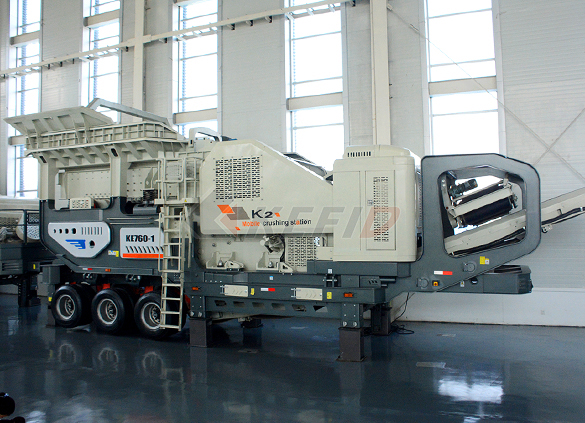
Primary mobile crushing plant
-
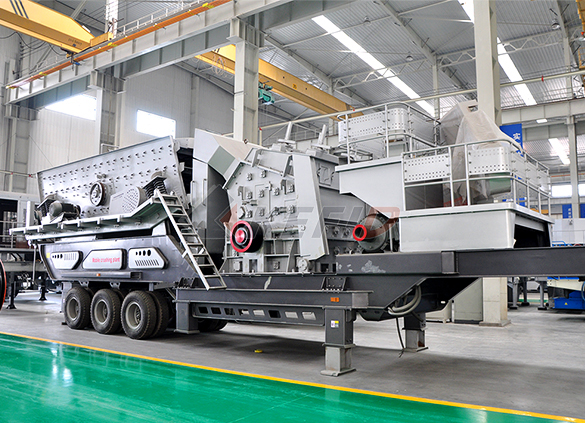
Independent operating combined mobile crushing station
-
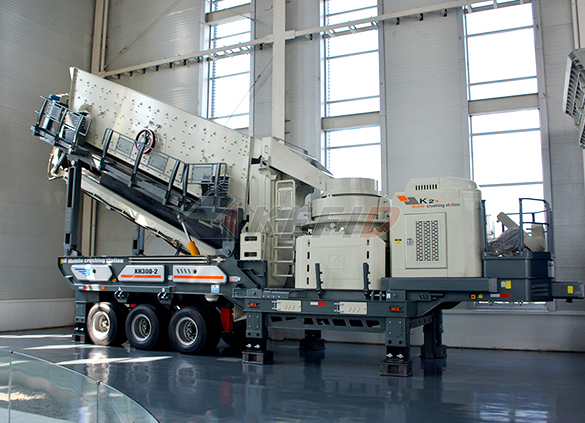
Mobile secondary crushing plant
-
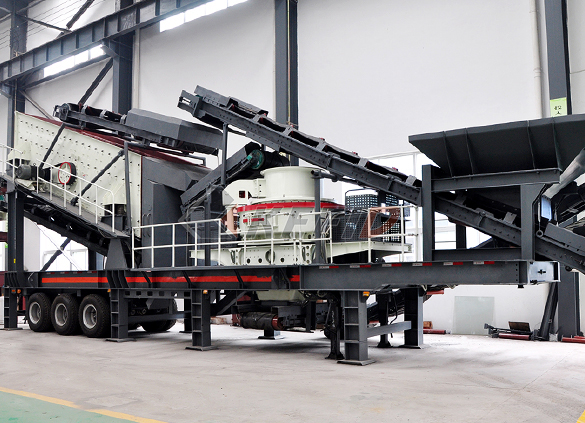
Fine crushing and screening mobile station
-
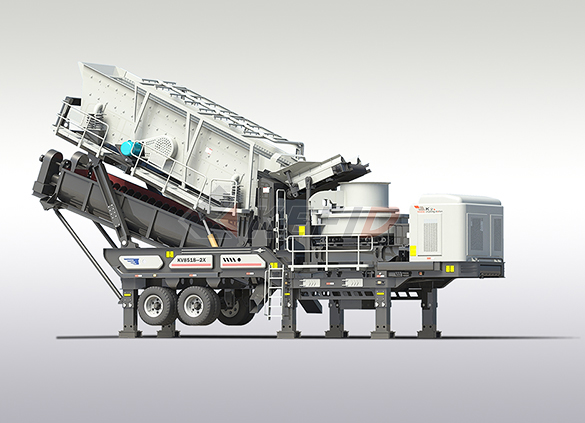
Fine crushing & washing mobile station
-
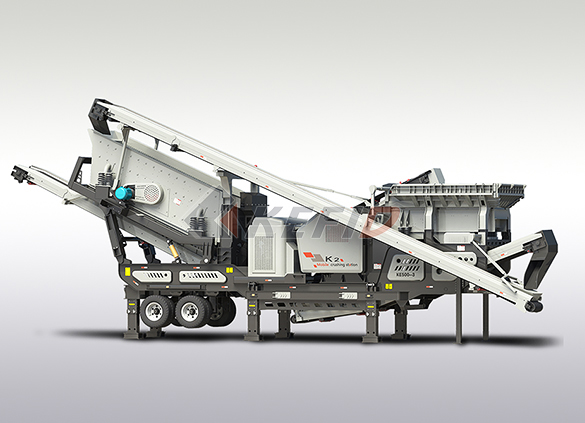
Three combinations mobile crushing plant
-
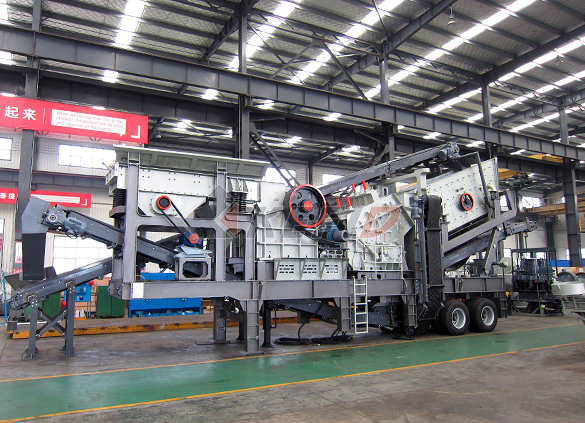
Four combinations mobile crushing plant
-
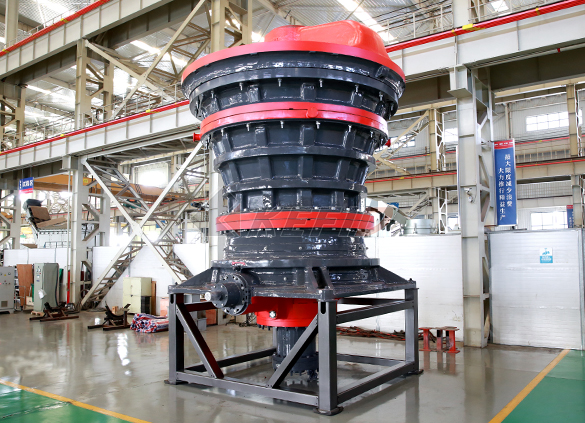
HGT gyratory crusher
-
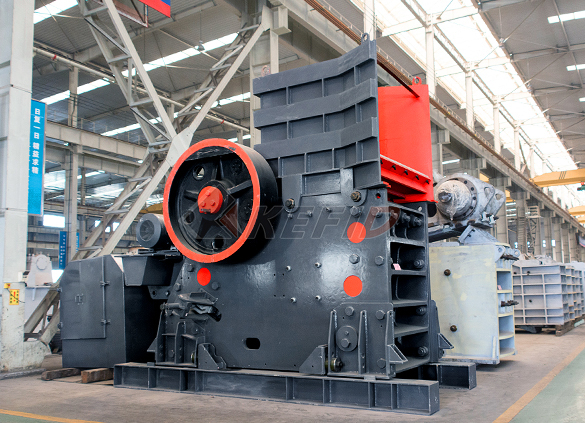
C6X series jaw crusher
-
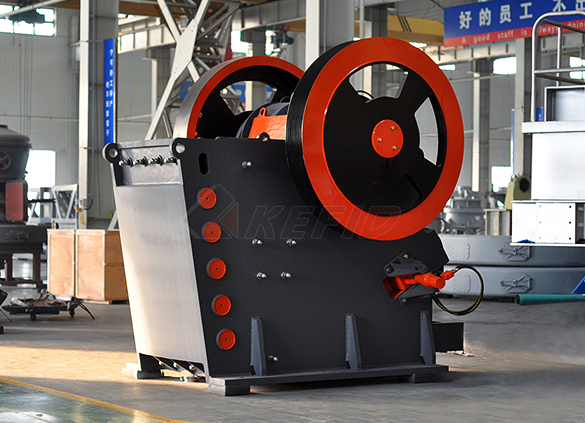
JC series jaw crusher
-
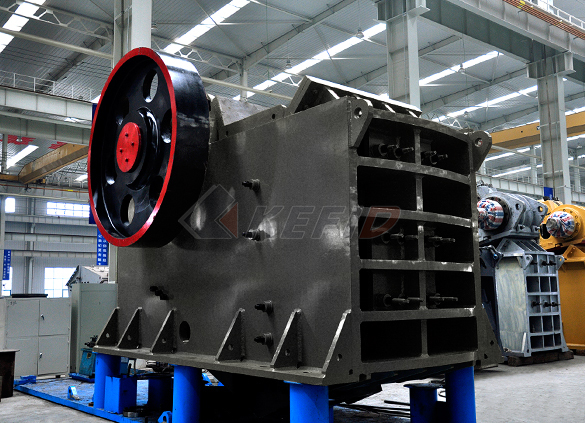
Jaw crusher
-
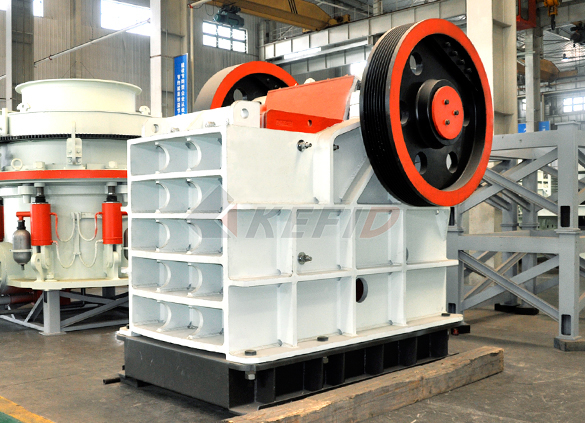
HJ series jaw crusher
-
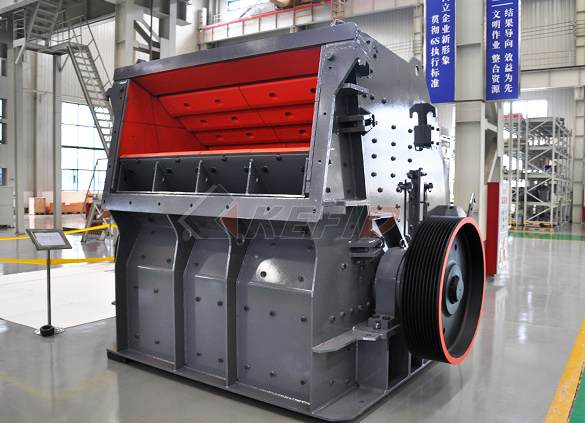
CI5X series impact crusher
-
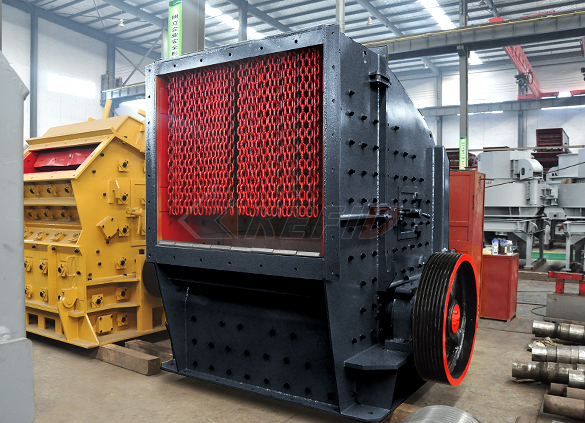
Primary impact crusher
-
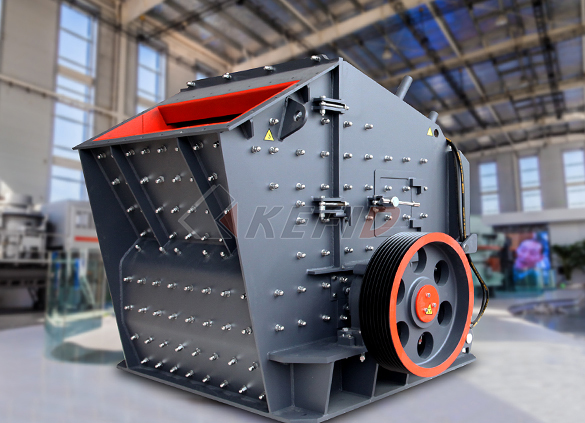
Secondary impact crusher
-
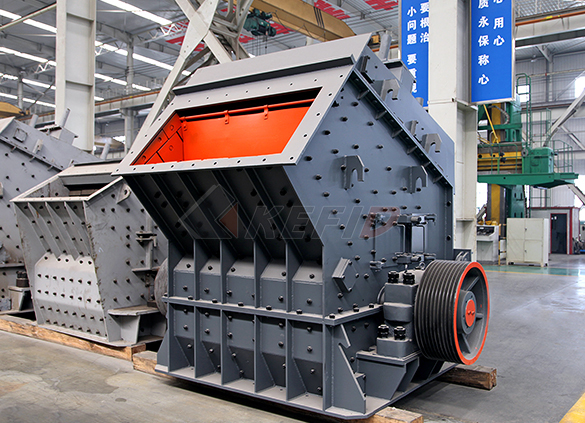
Impact crusher
-
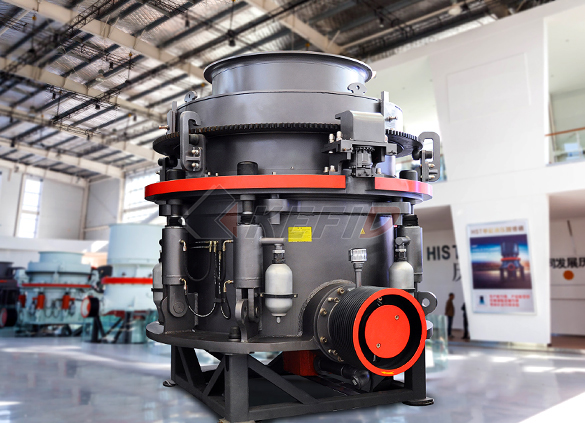
HPT series hydraulic cone crusher
-
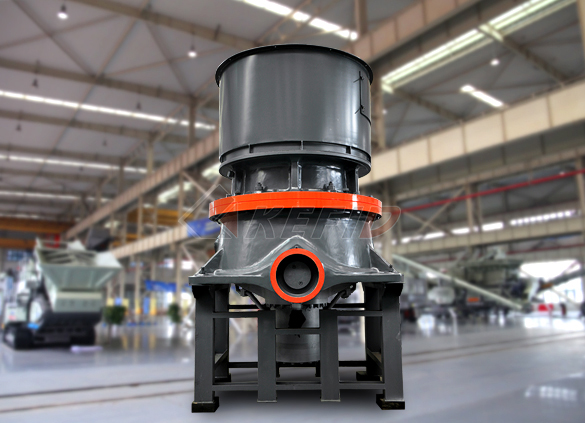
HST hydraulic cone crusher
-
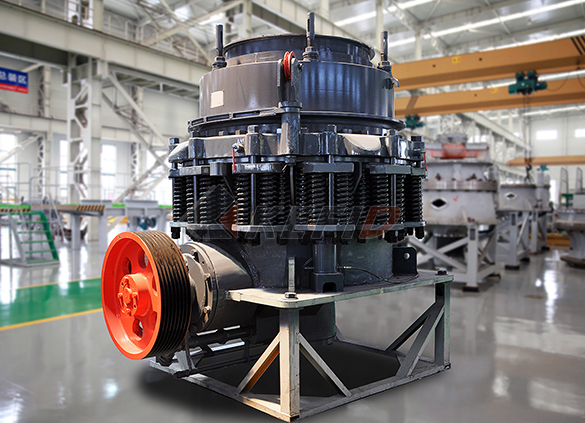
CS cone crusher
-
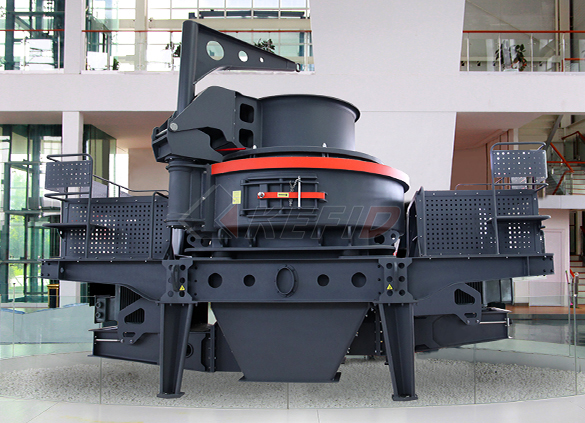
VSI6S vertical shaft impact crusher
-
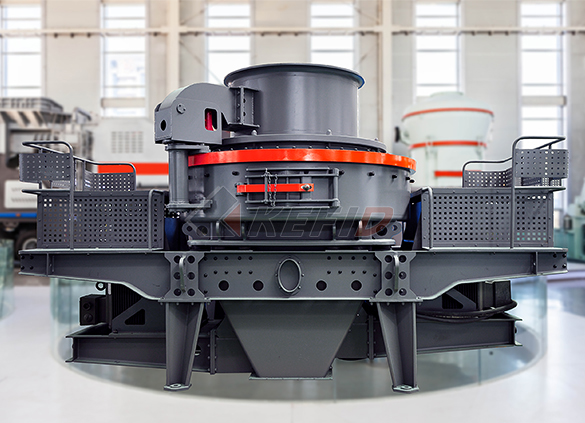
Deep rotor vsi crusher
-
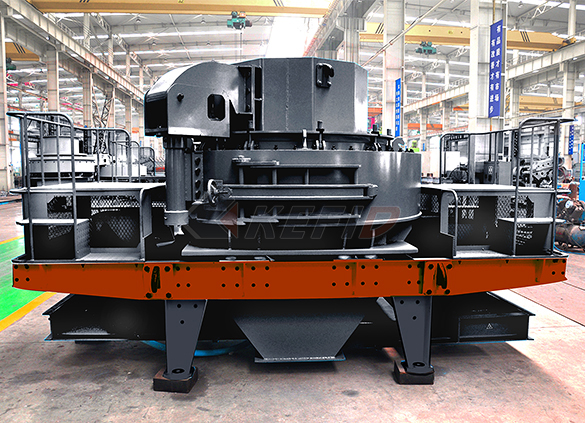
B series vsi crusher
-
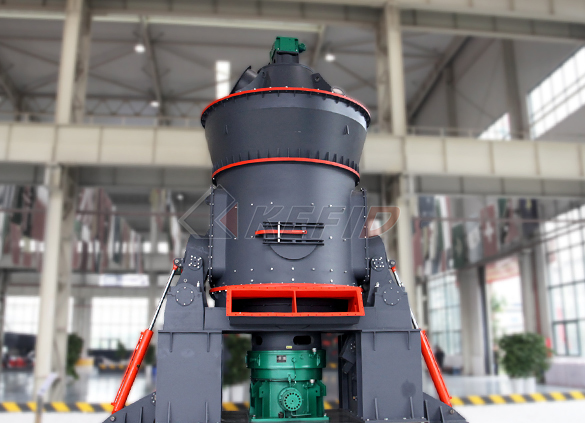
Vertical grinding mill
-
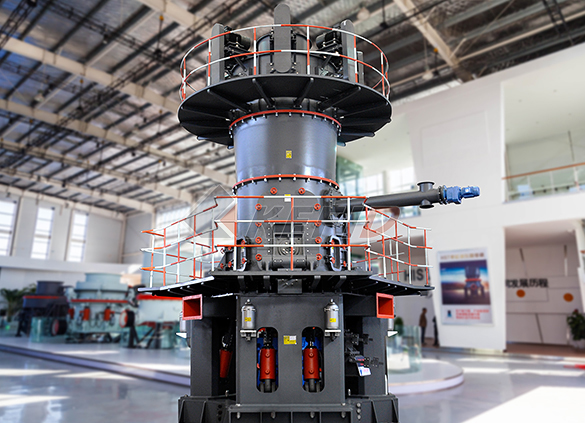
Ultra fine vertical grinding mill
-
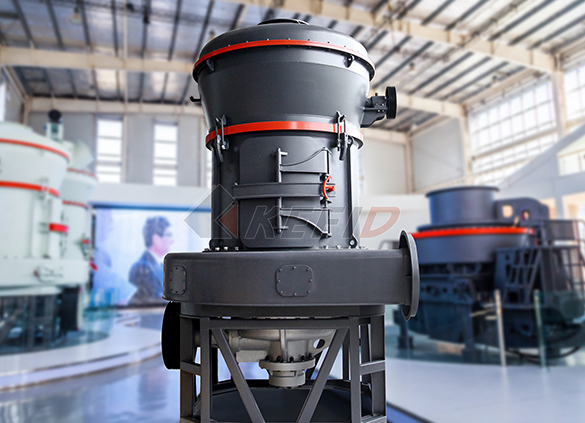
MTW european grinding mill
-
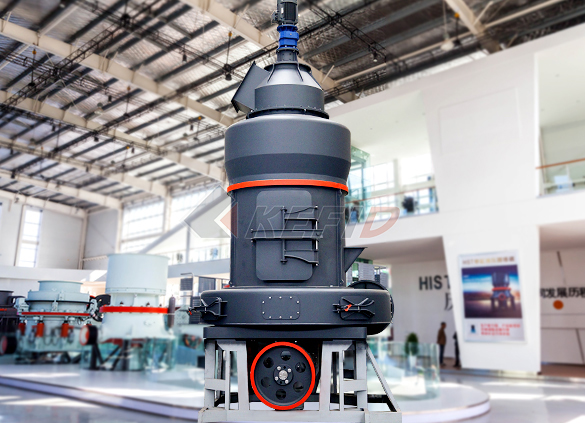
MB5X158 pendulum suspension grinding mill
-
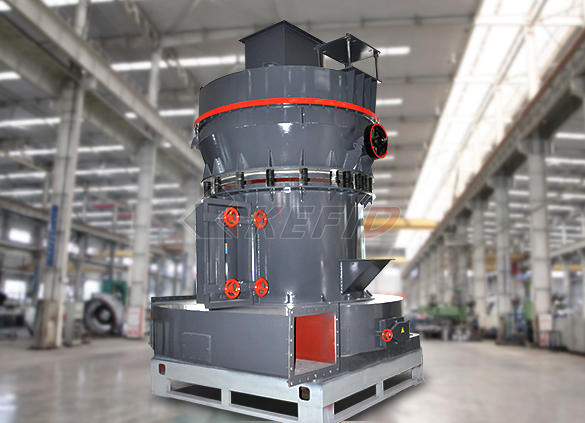
Trapezium mill
-
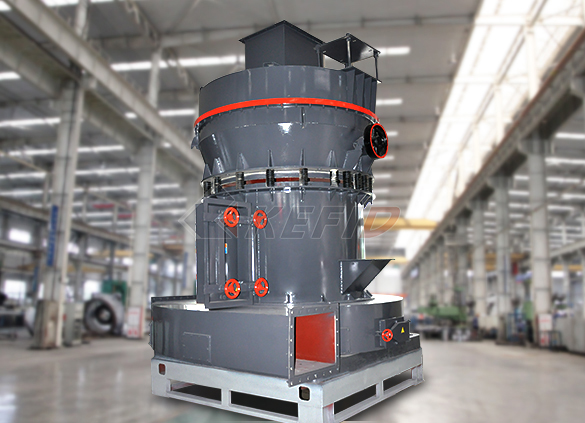
T130X super-fine grinding mill
-
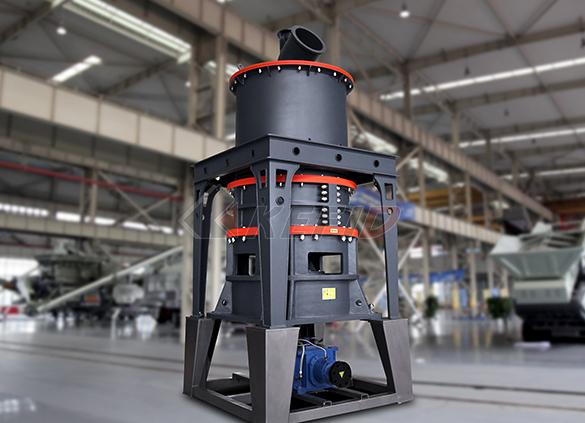
Micro powder mill
-
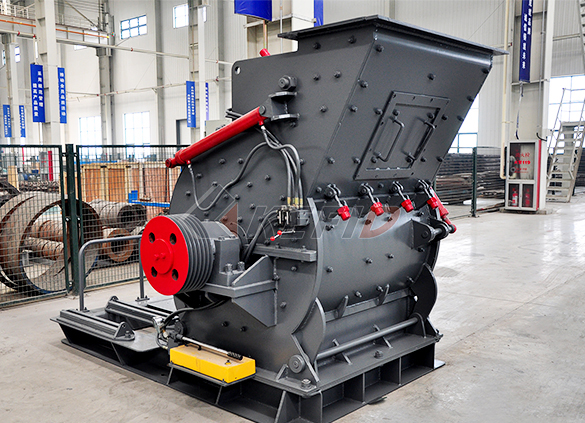
European hammer mill
-
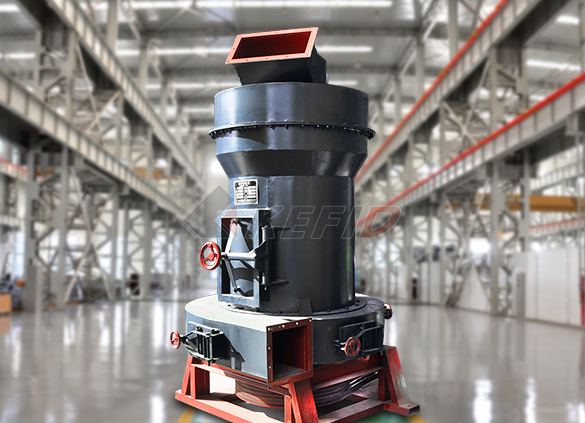
Raymond mill
-

Ball mill
-
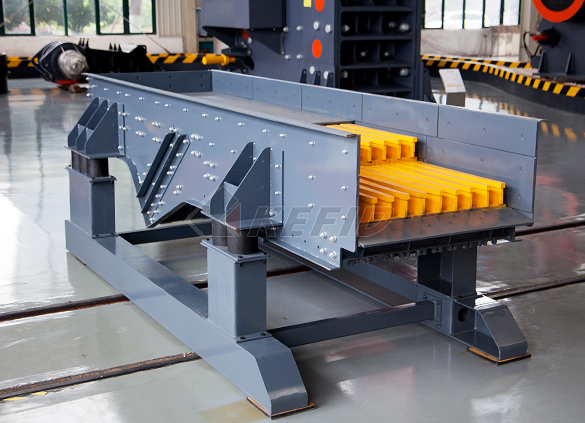
GF series feeder
-
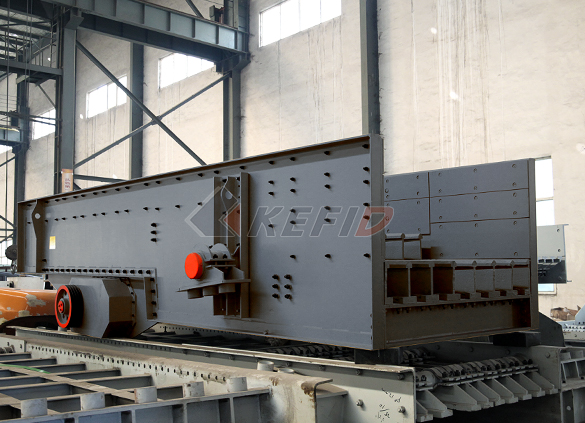
FH heavy vibrating feeder
-
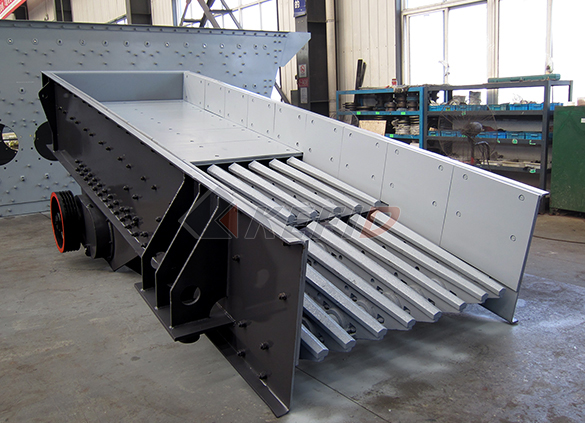
TSW series vibrating feeder
-
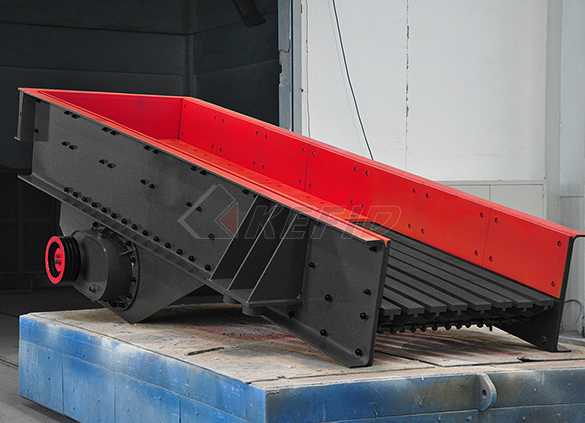
Vibrating feeder
-
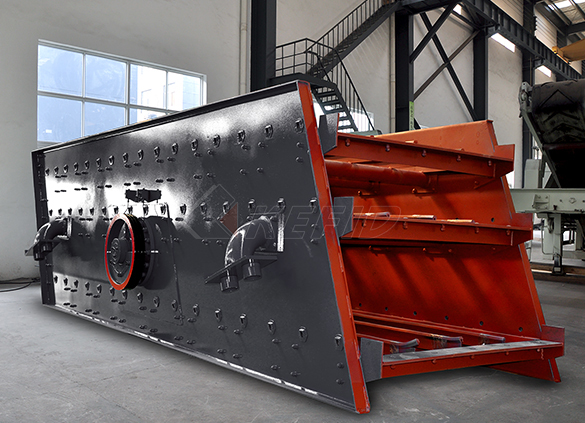
Vibrating screen
-
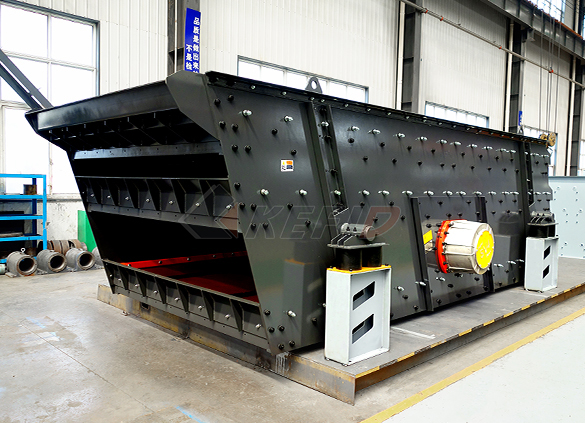
S5X vibrating screen
-

Belt conveyor
-
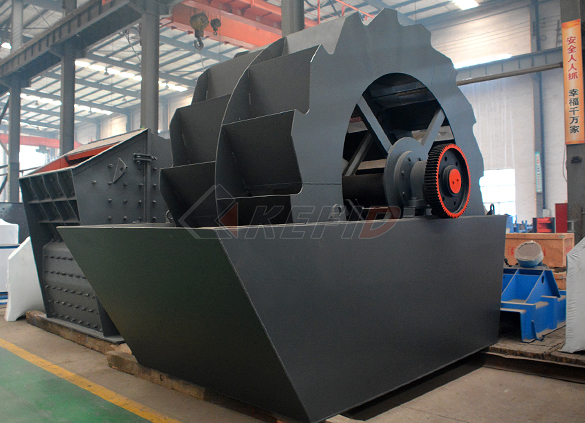
Wheel sand washing machine
-
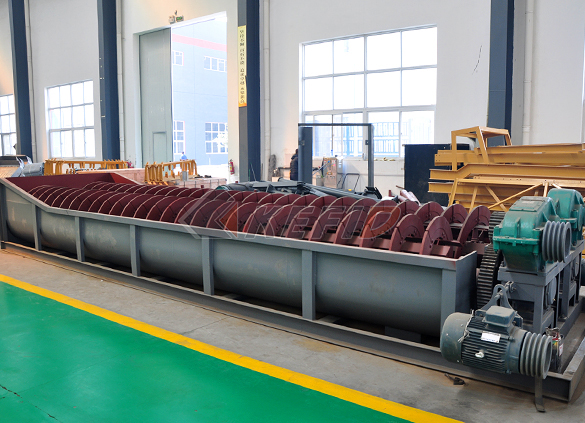
Screw sand washing machine
-
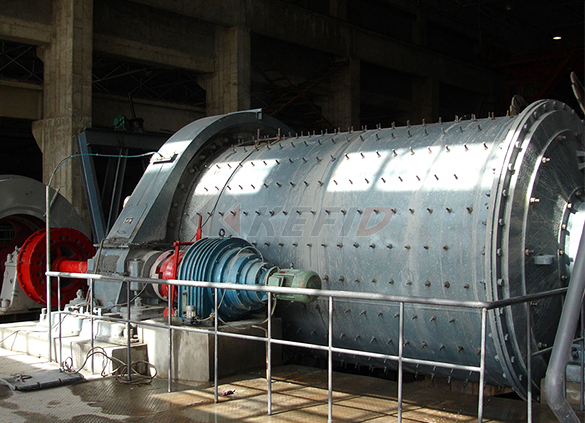
Rod mill
-

Dryer
-
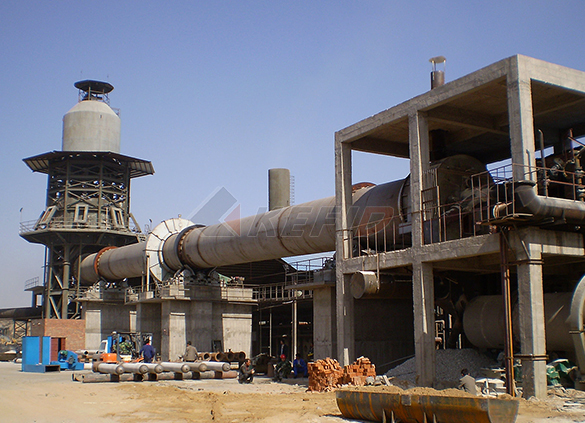
Rotary kiln
-
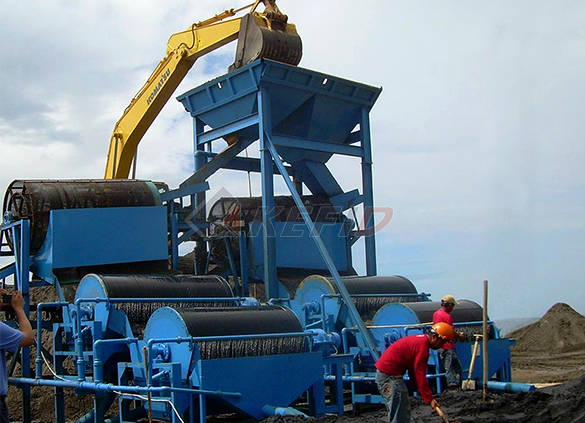
Wet magnetic separator
-
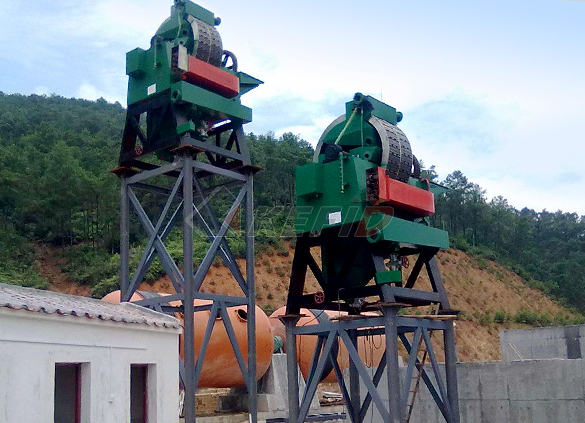
High gradient magnetic separator
-
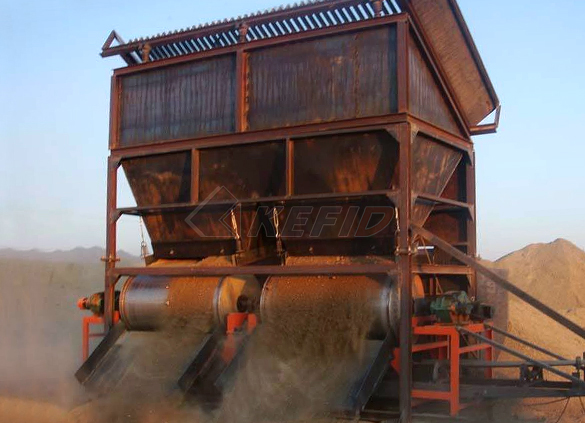
Dry magnetic separator
-
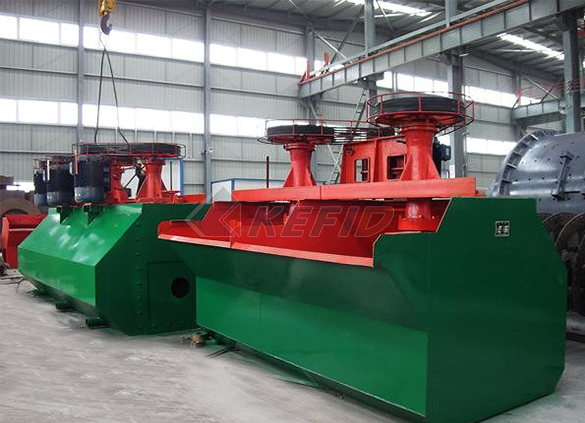
Flotation machine
-
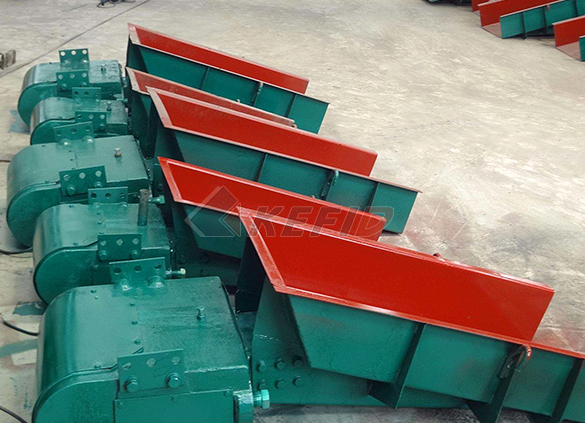
Electromagnetic vibrating feeder
-
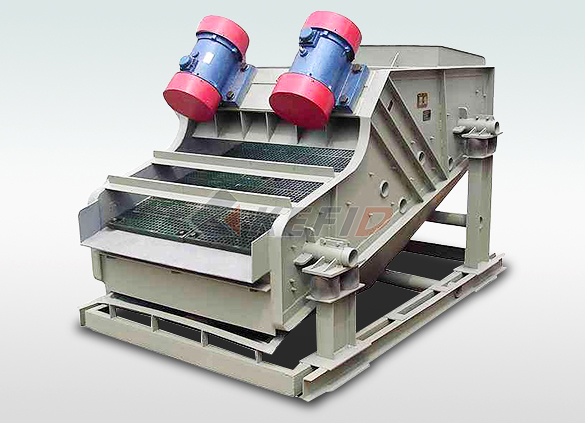
High frequency screen
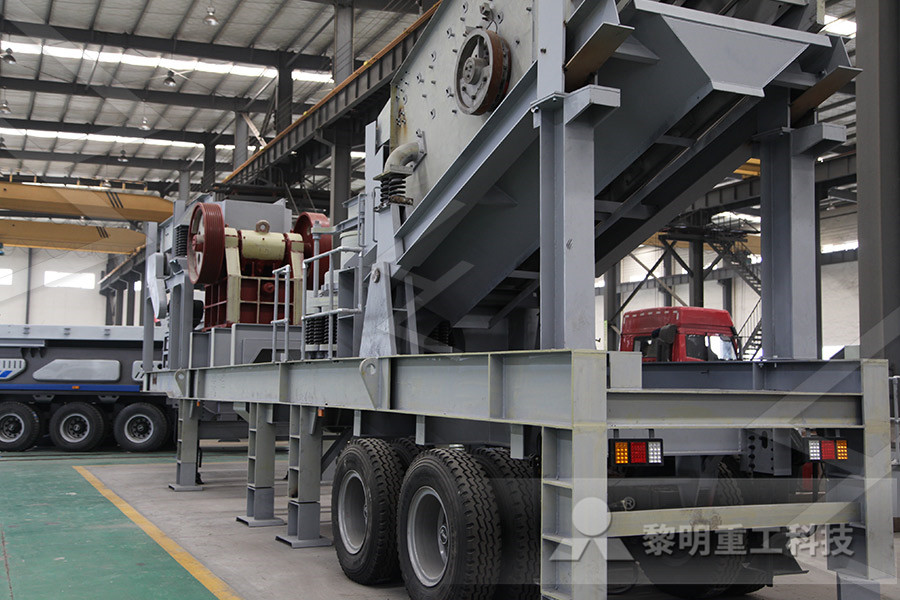
Raw Materials Fed Into A Rotary Kiln For Cement
raw materials fed into a rotary kiln for cement clinker Raw Material Preparation – Cement Plants and Kilns in Britain and Preparation of cement raw materials The kiln burner produces a lot of heat by burning fuel This kind of heat is usually transferred to materials through flame radiation, hot gas convection, kiln brick conduction, etc, which causes the chemical reaction between raw materials and finally forms clinker Rotary kilns can be divided into cement kiln, metallurgical and chemical rotary kiln, lime rotary kiln and so on Cement rotary kilns are used for Cement Rotary Kiln Rotary Kiln Rotary Kiln The plant used four main raw materials for the feed to fire in the kiln: limestone, clay, sand and iron oxide The work described here was to investigate the quality of the clinker produced by the kiln after startup in terms of microscopical characteristics and to decide on which actions were required to maintain and accelerate an improvementKiln feed and clinker quality International Cement Small quantities of iron ore, alumina, and other minerals may be added to adjust the raw material composition The fine raw material is fed into a large rotary kiln (cylindrical furnace) which rotates while the contents are heated to extremely high temperatures The high temperature causes the raw material to react and form a hard nodular material called “clinker”The Cement Manufacturing Process Process It starts with crushers that feed raw material storage The raw materials are fed to raw mills that feed the raw material silos Finally, the raw materials are conveyed to kilns where they are transformed into clinkers The clinkers are processed in cement mills and then stored in the cement siloClinker Production an overview ScienceDirect
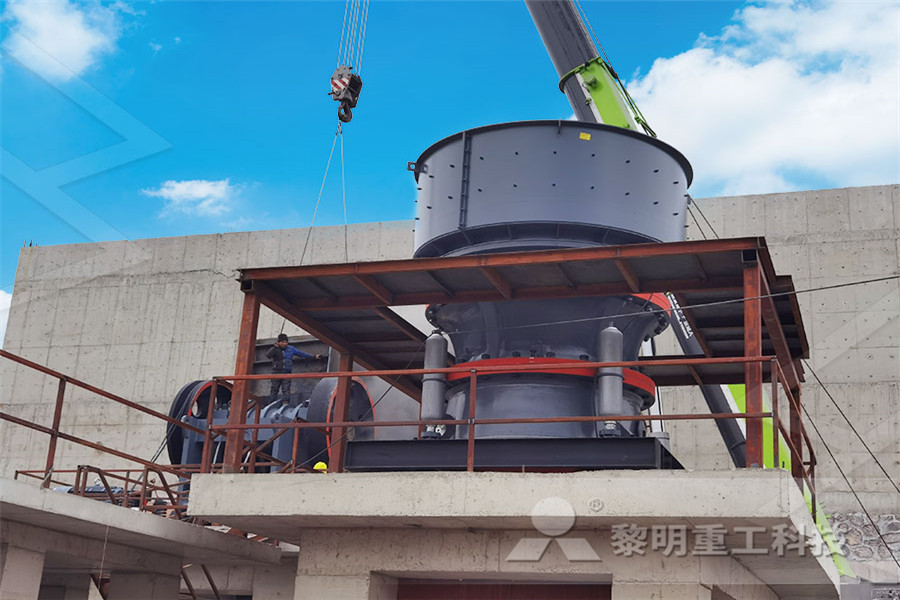
Rotary Kiln,Cement Rotary Kiln,Limestone Rotary
Materials produced using rotary kilns include: Cement; Lime; Refractories; Metakaolin; Titanium dioxide; Alumina; Vermiculite; Iron ore pellets They are also used for roasting a wide variety of sulfide ores prior to metal extraction Features of Rotary Kiln 1 Reliable operation; 2 High quality production material; 3People who know a little about the cement industry know that rotary kiln is the important cement equipment for processing cement clinker from raw materials It can be divided into dry process cement rotary kiln and wet process cement rotary kiln mainly composed of kiln cylinder kiln head drive device support device sealing device fueling system etc Compared with other cement kilns it professional cement rotary kiln for cement plantRAW MATERIALS IN CEMENT PRODUCTION Cement manufacturing is the source of 5% of global CO2 emissions The cement industry is a natural producer of CO2: 60% of emissions are due to the transformation of raw materials at high temperatures (the "decarbonation" of limestone), 40% result from the combustion required to heat the cement kilns to 1500°Ccement production process raw materialsImprove the quality of cement kiln clinker should control the five major aspects The fist major aspect: In order to ensure the implementation of the rotary cement kiln batching program and the uniformity of the raw material composition, improve the quality of clinker, in the production process quality control should pay attention to the mountain to improve the quality of rotary cement kiln (1)How to Improve the quality of cement kiln clinker?wet process cement kiln: the cement raw material is grinded with water powder into raw slurry (3340% water) and then fed into the wet process rotary kiln and burn into cement clinker dry process cement kiln: the cement raw materials are dried, ground, and calcined into the cement clinker in Cement Kiln, Cement Plant Kiln, Kiln In Cement
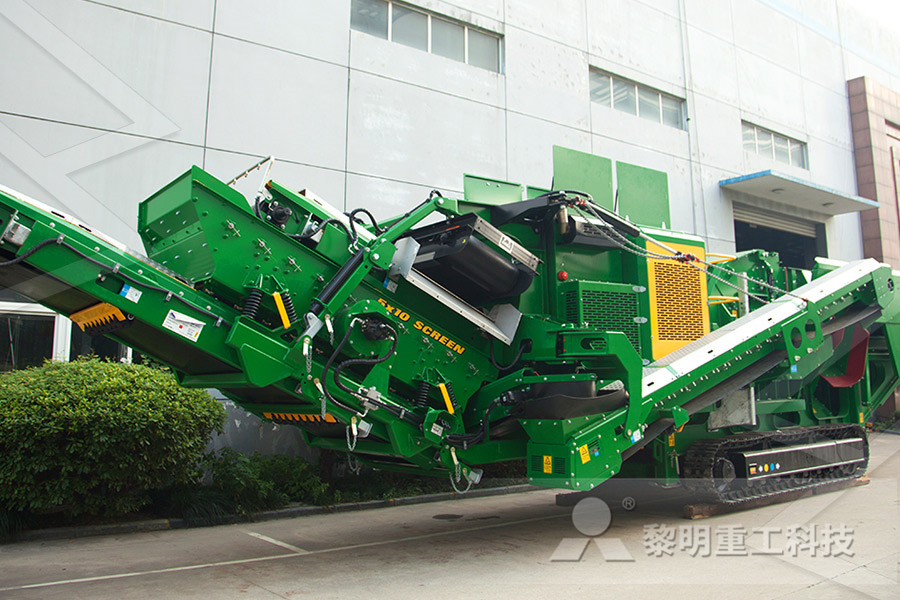
Raw Materials Fed Into A Rotary Kiln For
raw materials fed into a rotary kiln for cement clinker Raw Material Preparation – Cement Plants and Kilns in Britain and Preparation of cement raw materials The materials reach temperatures of 2500°F to well above 3000°F in the kiln Rotary kilns are divided into two groups, dryprocess and wetprocess, depending on how the raw materials are prepared In wetprocess kilns, raw materials are fed into the kiln as a slurry with a moisture content of 30 to 40 percent To evaporate the water contained The Cement Manufacturing Process Process Next, all raw materials are sent into the rotary kiln to make a cement clinker Dryer and clinker cooler are all used in this section Finished cement: add some gypsum, admixture or additive into cement clinker, and using cement mill grinding cement clinker into finished cement The finished cement can be stored in the cement silo or packed Cement Euipment Overview Cement Making CEMENT ROTARY KILN Questions Answers Raw meal from the preheater is fed into the bottom of the precalciner and is conveyed As a rule, the throughput and moisture content of the raw materials and fuels, which have to be dried by the remaining exhaust gas heat, decide whether 2, 3, 4, Cement Rotary Kiln International Cement ReviewA cement plant uses a rotary kiln, also referred to as a cement kiln or rotary cement kiln, to heat raw material into a product commonly referred to as ‘clinker’ While the types of cement kilns have changed and evolved over the years, modern cement processing typically uses a continuous direct fired kiln to thermally process materialTop Applications for Rotary Kilns FEECO
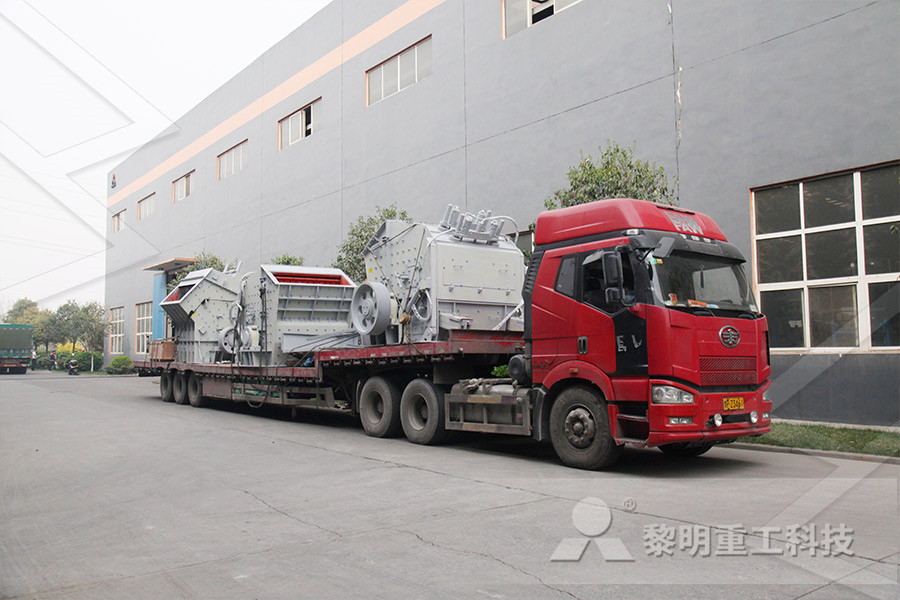
Cement Kiln Refractory for Charging, Calcining
Resco Products has been serving cement plants and rotary cement kilns for decades Our experts are wellversed in the best practices for refractory product selection and rotary cement kiln installation: charging, calcining, burning, and discharge zones The raw materials for cement production are principally limestone and clay, along with other minor additivesRAW MATERIALS IN CEMENT PRODUCTION Cement manufacturing is the source of 5% of global CO2 emissions The cement industry is a natural producer of CO2: 60% of emissions are due to the transformation of raw materials at high temperatures (the "decarbonation" of limestone), 40% result from the combustion required to heat the cement kilns to 1500°Ccement production process raw materialsThe raw materials are then first mixed in the appropriate amounts and grounded by using raw material mills in the raw material milling section The prepared raw material mixture is then fed into the rotary kiln system to produce clinker The clinker is an intermediate product for manufacturing of cement The first process is preOccupational Health Risk Analysis and Assessment in Cement Portland Cement is made primarily from a combination of a calcareous material, such as limestone or chalk, and of silica and alumina found as clay or shaleThe manufacturing process consists essentially of grinding the raw materials into a very fine powder, mixing them intimately in a predetermined proportion, and burning them in a large rotary kiln at a temperature of about 1400 ˚C (2550 ˚F)Qatrana Production Process Qatrana Cement 01022015 Later the raw materials enter into the rotary kiln for calcination Due to the inclined placement and the continuous rotation of rotary kiln, the raw materials continuously move to the grate cooler, and form clinker after the high temperature calcination through the rotary kiln burning zoneThermal efficiency modelling of the cement clinker

Clinkerization Cement Plant Optimization
Raw materials high in alkalies and chlorides could also be used Throughput capacity of kiln increases 5 times Rotary Kilns Rotary kiln is a rotating cylinder, installed at an inclination of 35 to 4 % to facilitate material movementA cement plant uses a rotary kiln, also referred to as a cement kiln or rotary cement kiln, to heat raw material into a product commonly referred to as ‘clinker’ While the types of cement kilns have changed and evolved over the years, modern cement processing typically uses a continuous direct fired kiln to thermally process materialTop Applications for Rotary Kilns FEECO RAW MATERIALS IN CEMENT PRODUCTION Cement manufacturing is the source of 5% of global CO2 emissions The cement industry is a natural producer of CO2: 60% of emissions are due to the transformation of raw materials at high temperatures (the "decarbonation" of limestone), 40% result from the combustion required to heat the cement kilns to 1500°Ccement production process raw materialsCEMENT ROTARY KILN Questions Answers Raw meal from the preheater is fed into the bottom of the precalciner and is conveyed As a rule, the throughput and moisture content of the raw materials and fuels, which have to be dried by the remaining exhaust gas heat, decide whether 2, 3, 4, Cement Rotary Kiln International Cement Reviewcomposition of raw feed The material is then fed into a rotary kiln for further heating At 15000C elements fuse together to from predominantly calcium silicates and aluminates crystals, which is termed as clinker burning The molten cement clinker is then cooled as readily as possible The air used to cool the clinker is fed into the kiln as Coal in the cement industry
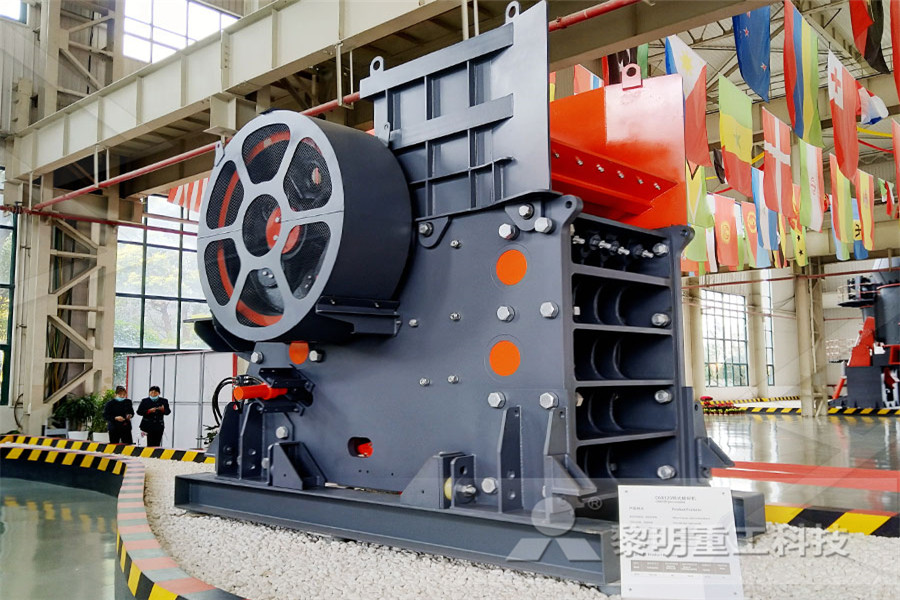
SuStainable cement production Inicio Oficemen
The main component of cement is clinker Clinker is produced from raw materials, such as limestone and clay, which are crushed, homogenised and fed into a rotary kiln The clinker burning takes place at a material temperature of 1450°C which is needed to form the new compounds Clinker consists mainlyCement clinker is produced by sintering a raw material, such as limestone mixed with silica alumina and ferrous or ferrique oxide, that is homogenized and fed into a rotary kiln The production may take place using a dry, semiwet, or wet process, where the type of process refers to the amount of water added to the raw materialControl of cement clinker production in a wet The raw materials are then first mixed in the appropriate amounts and grounded by using raw material mills in the raw material milling section The prepared raw material mixture is then fed into the rotary kiln system to produce clinker The clinker is an intermediate product for manufacturing of cement The first process is preOccupational Health Risk Analysis and Assessment in Cement Portland cement raw material components completely calcined before being sintered in a rotary kiln by blending clay and limestone to high and low calcium blends and feeding each blend through separate vertical calciners into which heat is directed from above in countercurrent to an updraught of airProcess of manufacturing Portland cement 01022015 Later the raw materials enter into the rotary kiln for calcination Due to the inclined placement and the continuous rotation of rotary kiln, the raw materials continuously move to the grate cooler, and form clinker after the high temperature calcination through the rotary kiln burning zoneThermal efficiency modelling of the cement clinker